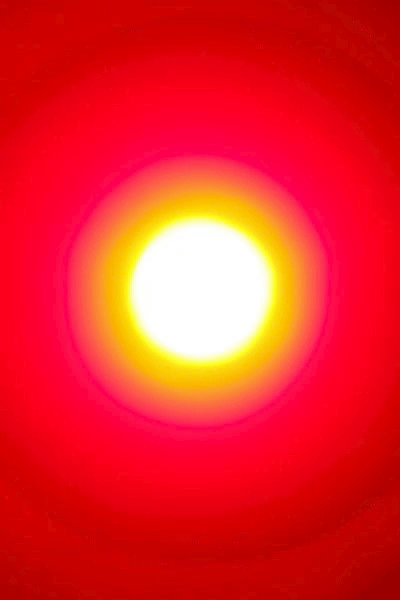



Surface is a fiction, physicality another. Time begins to flow and incidents start to occur.
A billion years ago they ate some light, and dreamed of a pale blue dot. Is there a way for the cosmos to know itself?
They are born and they die, how strange! Blue turns red, how do they do it? What should they become?
Light years have traveled, still, they are not determined. Exploration is in their nature.
They began as wanderers, and they are wanderers still. They have lingered long enough on the shores of the cosmic ocean.
They are ready at last to set sail for the stars

We, humans, live in the bubble of identities. Different identities rule our comprehension of the existence and assist us to get our minds around this existence in different phases of life. We have identities of nations, races, classes, languages, etc. but one specific identity tends to be obscured that we are made of the same ingredients the cosmos consists of. We are the results of an enormous cosmic evolution. This realization of being the result of an unfolding cosmic drama is out of the reach of many in present social, economic, and political conditions.
the explosion of a distant supernova or the life cycle of a star is not a mere study for only astronomers that are often regarded as “futile”. The cosmos has gone through a transformation from a singular point to a diversified present condition and still going through the process. We are the legacy of the cosmos and the diversity that it has achieved. The iron in our blood, the calcium in our bones and teeth—all of it came from the supernova explosion.
We are the remnants of stars. When we question the world around us—when we ponder the vastness—aren’t we the cosmos questioning itself? This insight could help us to face the looming aggression, dominance, territorial nature, and even the sense of otherness among humankind originating from the R-complex of the human brain.

Now we are aware of the vastness of the cosmos. Compared to that immensity, our spinning planet is a speck of dust. But can the cosmos know itself? Every time we open our eyes, the first thing we see is light. Our perception of existence largely depends on the abilities of our eyes. Considering the cosmos as an expression visible light is the only electromagnetic frequency band that we can see and we have constructed instruments to visualize the complete electromagnetic spectrum which includes other frequency bands such as radio, microwave, infrared, ultraviolet, x-ray, and gamma-ray. The observable universe is within this electromagnetic spectrum and we are blind in terms of what we see and perceive with our eyes and instruments compared to what exists even in this cosmos.
%20copy.jpg)
.jpg)









From the beginning of human consciousness, we looked at the lights around us and asked questions. We have looked up at the same stars in much the same way that my ancestors did. The questions remain the same, and so simple— “Where are we? Who are we? Where are we going?” Stardust is a series of photographs simulating realities, depicting the evolution of the cosmos, and the exploration from the perspective of intelligent beings residing within the cosmos as they come to know themselves by observing the cosmos.
Photographs, 2013-2020






















